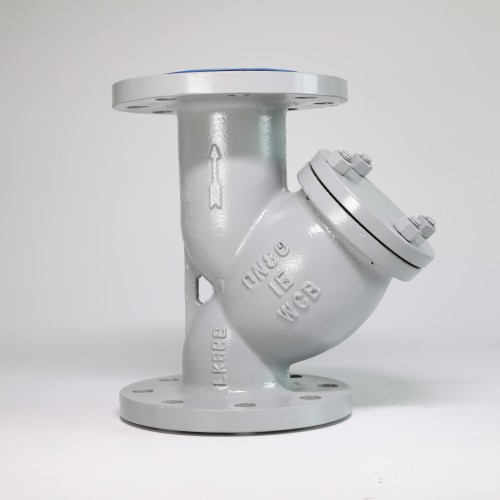flanged gate valves manufacturer
Understanding Flanged Gate Valves A Comprehensive Overview
Flanged gate valves are crucial components widely used in various industries, particularly in applications involving liquid and gas flow systems. These valves operate on the principle of moving a gate (or wedge) up and down to either open or close the flow path. This article explores the manufacturing process, advantages, applications, and selection criteria for flanged gate valves, providing valuable insights for industries that rely on these essential devices.
The Manufacturing Process
The manufacturing of flanged gate valves involves several critical steps to ensure that the final product meets the stringent quality and performance standards required for industrial applications. The process typically begins with the selection of high-grade materials, such as cast iron, stainless steel, or forged steel, which are known for their durability and resistance to corrosion.
Once the material is selected, the next step is casting or machining the valve body and components. Advanced CNC (Computer Numerical Control) machines are often employed to achieve precise dimensions and intricate designs, ensuring that the valve will function correctly under various operating conditions. After the body is shaped, the gate, seat, and other internal components are manufactured, followed by thorough inspection and quality assurance testing.
Heat treatment processes, such as annealing, may be applied to enhance the mechanical properties of the materials, ensuring strength and resilience. The final assembly of the valve includes the installation of seals and gaskets to prevent leakage, and flanges are added as per the required specifications. The entire valve is then tested for functionality, pressure resistance, and leak-tightness before being shipped to clients.
Advantages of Flanged Gate Valves
Flanged gate valves offer several advantages, making them a preferred choice in many applications. One of the most significant benefits is their ability to provide a straight-line flow path, which minimizes pressure loss and reduces turbulence. This feature is particularly advantageous in systems where maintaining flow efficiency is paramount.
Additionally, flanged gate valves provide a full opening that ensures complete flow when opened, making them ideal for on/off service
. They are designed to withstand high pressure and temperature conditions, making them suitable for applications in the oil and gas industry, water treatment facilities, and power generation plants.flanged gate valves manufacturer

Another key advantage is their ease of installation. Flanged designs allow for a secure connection to piping systems, facilitating straightforward installation and maintenance. Moreover, they can be disassembled easily for repairs or replacements without extensive downtime.
Applications of Flanged Gate Valves
Flanged gate valves are employed in a wide range of industries due to their versatility and reliability. Some common applications include
1. Water and Wastewater Systems Used in municipal water supply and sewage systems to control the flow and pressure of water. 2. Oil and Gas Industry Essential for regulating oil and gas flow in pipelines, refineries, and processing plants. 3. Power Generation Used in steam and cooling systems to manage flow rates in power plants. 4. Chemical Processing Valves are utilized to control the flow of various chemicals, ensuring safety and compliance with industry standards.
Selecting the Right Flanged Gate Valve
When choosing a flanged gate valve for a specific application, several factors must be considered
1. Material Selection Depending on the media being transported, resistance to corrosion and temperature tolerance should be prioritized. 2. Size and Pressure Rating Valves must be selected based on the required flow capacity and operating pressure of the system. 3. End Connection Types Compatibility with existing piping systems is crucial, so the correct flange type must be chosen. 4. Operating Environment Consideration of environmental conditions (such as temperature and pressure fluctuations) is essential for ensuring long-term performance.
Conclusion
In conclusion, flanged gate valves are indispensable in various sectors due to their robust performance and reliability. Understanding their manufacturing process, advantages, applications, and the criteria for selection can significantly aid industries in making informed decisions. As technology continues to advance, the future of flanged gate valves promises even more efficient and innovative designs to meet the evolving needs of the industry.
-
3-types-of-check-valves-maintenance-tipsNewsAug.23,2025
-
ball-valves-types-with-trunnion-mounted-designNewsAug.23,2025
-
butterfly-valve-company-production-capabilitiesNewsAug.23,2025
-
fisher-globe-valve-technical-specificationsNewsAug.23,2025
-
types-of-gaskets-for-flanges-selection-guideNewsAug.23,2025
-
wedge-gate-valve-suppliers-quality-standardsNewsAug.23,2025
-
Breakthrough in Domestic Low Temperature Valve Technology in ChinaNewsAug.18,2025




